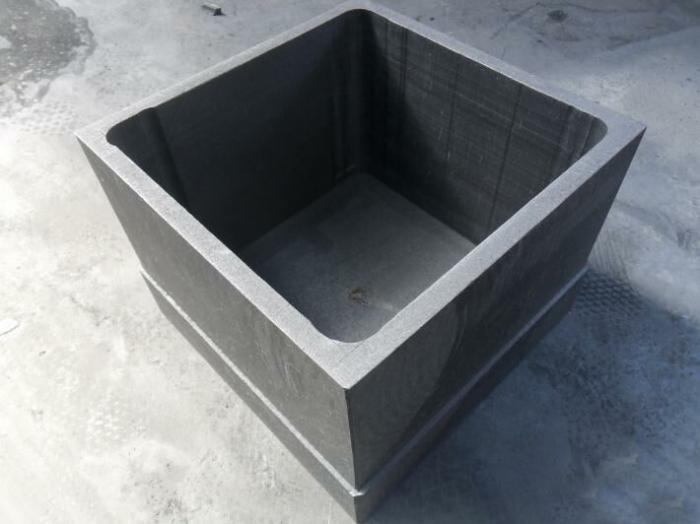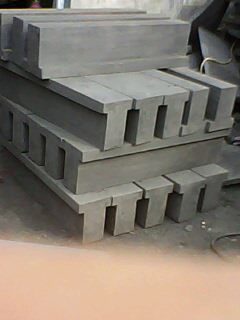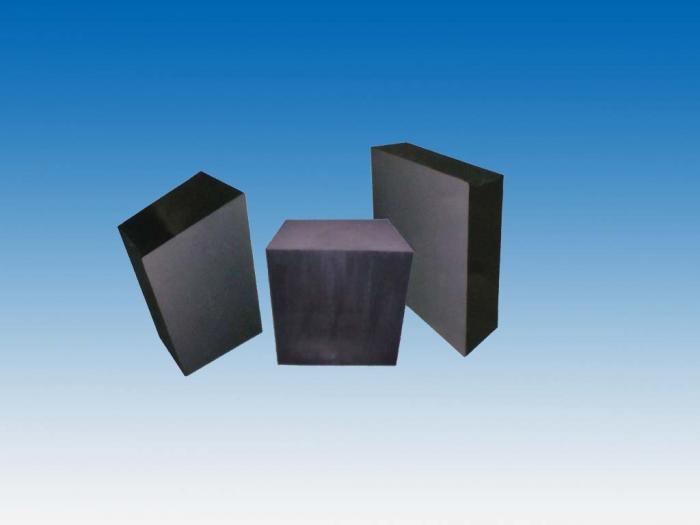There are many common materials for carbon electrode materials, including graphene, steel plate materials, lithium iron phosphate, ternary materials, and lithium manganate. Several common electrode materials are listed below. These materials have high electrical and thermal conductivity, but their characteristics and supply are also different. The electrode materials we count here mainly include the following: Graphene has an "embedded layer" in graphene, which can be clearly distinguished into single-layer graphene and double-layer graphene. The electrical and thermal conductivity of single-layer graphene is dozens of times that of double-layer graphene.
Since the electrical and thermal conductivity of single-layer graphene is not as prominent as that of double-layer graphene, and it also has the characteristics of emphasizing strength, it is not as important as the other two materials in the research of graphene electrodes. Among plastic electrodes, single-layer graphene is the undisputed king. Single-layer graphene has good electrical and thermal conductivity, so it can be used as an electrode conductor. The potential of graphene is mainly determined by the layer spacing, and the conductivity of three-layer graphene has also been studied. According to the constitutive relationship, the polymer chains of single-layer graphene are determined by the electron particle diffusion centers of two energy levels.

The potential is determined due to the existence of an energy gradient between the two energy levels. It has not been found that single-layer graphene and planar intermetallic film electrodes can adjust the chain number of polymer chains through potential superposition, and even single-layer graphene can be close to aluminum. Be careful not to confuse double-layer graphene with triple-layer graphene. In fact, it is whether that layer of graphene has "electricity". Steel plate material In the electrode material, the charged material is mainly composed of semiconductor material (mos) and transition metal (i), among which almost all transition metal materials can be used as a single electrode, and the electrode material is almost a single-atom structure.

The electrical and thermal conductivity of the material is mainly determined by the thickness of the oxide layer, which can usually reach millimeters or more. The thinner oxide layer has poor electrical and thermal conductivity. In order to improve the electrical and thermal conductivity of the oxide layer, the formation of grooves in the oxide layer is reduced, and the inhibition of groove growth is reduced. It was found that increasing oxide thickness due to trench suppression made the oxide less conductive and thermally conductive, and that this difference behaved differently for thin and thick oxide layers. Transition metals have good electrical and thermal conductivity. The most powerful competitors are aluminum and titanium, but compounds such as microcrystals are almost unable to conduct electricity and heat, and the electrical and thermal conductivity of titanium in HF is still higher than that of Al.

It is generally believed that high aluminum and high titanium are fully conductive and thermally conductive oxide layers, while low aluminum and low titanium are non-conductive and thermally conductive oxide layers. The ternary material of the ternary material is somewhat similar to the bipolar material, but its cross section is more special, such as a triode. Although they have different eigenstates and electrical and thermal conductivity characteristics due to different electrode materials, they can become bipolar materials. A system called a triode consists of multiple bases, sources and drains. Each base is integrated with 4 to 8 wires. The source has a polarized voltage in each region; the magnitude of the drain current depends on the polarity of the base, for example, the effective current of the base is 6 amps for the positive pole, and the effective current for the base is 0.1 amps for the negative pole.
The base of the triode is negative, if the base is positive, the drain current is 1 amp. The polarity of each region of the triode is different, and the source voltage can be infinite. Therefore, the base power density is large and the source voltage can be infinitely small, bringing.
